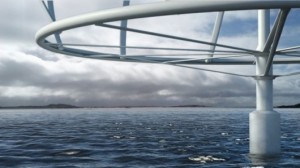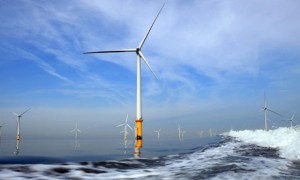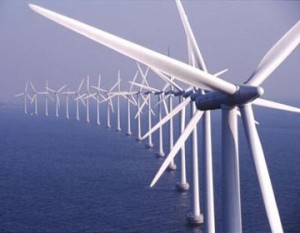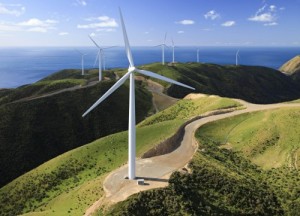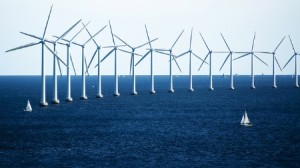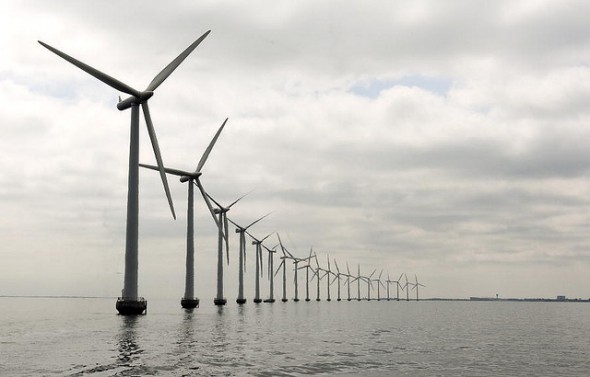
Wind energy is growing in use across the U.S., both small and large wind turbines are getting installed at record rates. And the trend is similar across the world. A new report by Transparency Market Research, ”Global Wind Energy & Wind Turbine Market (2011 – 2016),” finds that there’s been a Compound Average Growth Rate (CAGR) of 25% over the last 5 years.
As previously reported, total installed wind power around the world reached 197, 039 MW by the end of 2010. That is expected to reach a tremendous 1,750,000 MW by 2030. The wind turbine market is projected to reach $93.1 billion by 2016.
 Follow
Follow